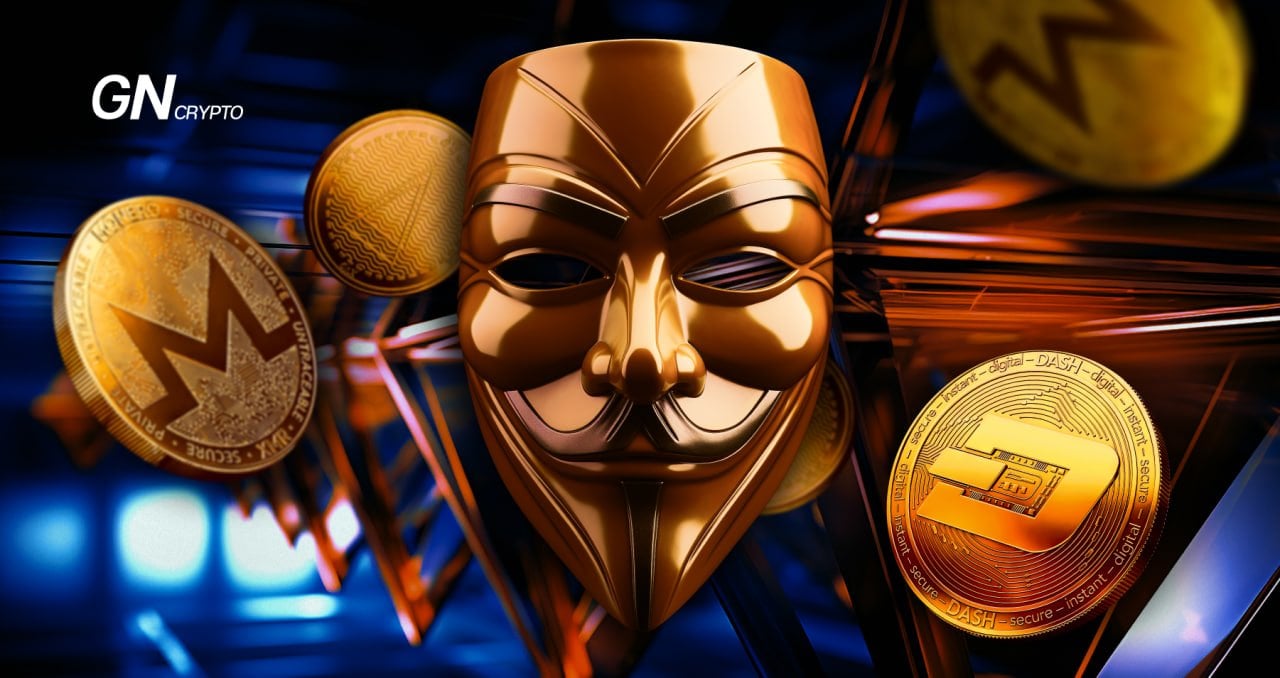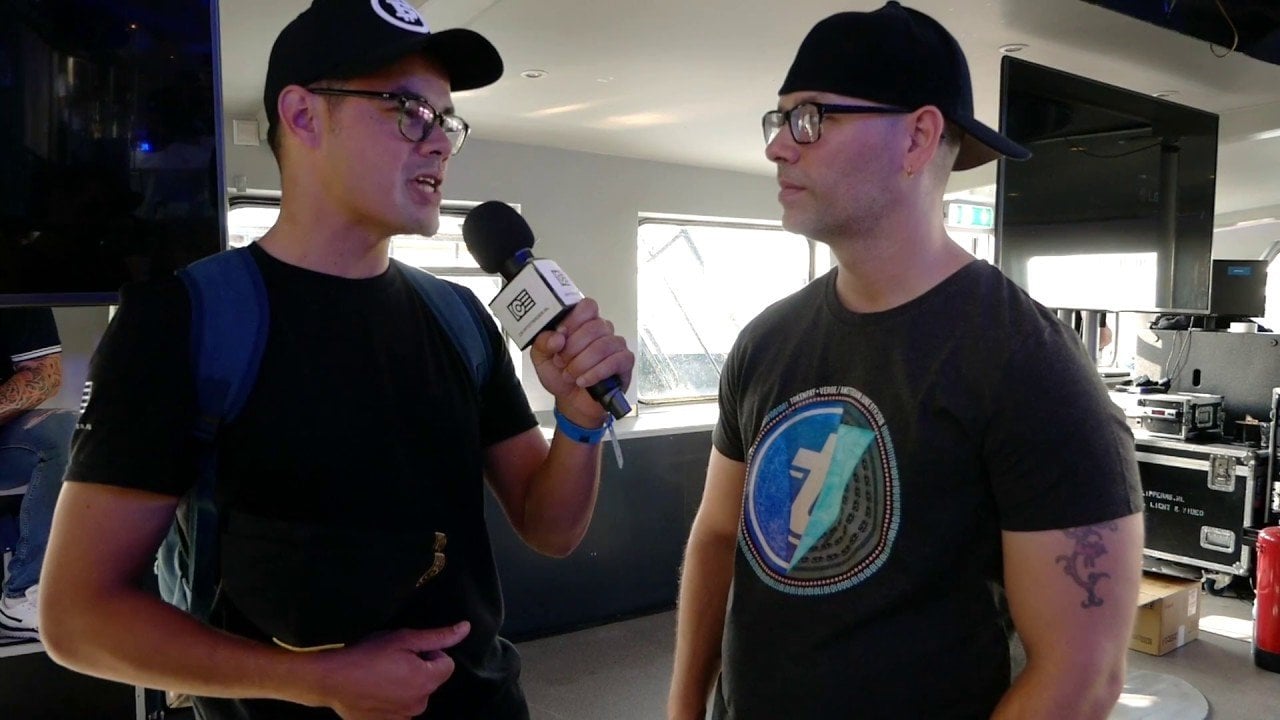Fascinating Facts About Privacy Coins

Amid regulatory scrutiny, privacy cryptocurrencies might face a potential shift away from the open market, finding refuge in the darknet. But, before delving into this hypothetical scenario, let's unravel some intriguing facts from their history.
Monero (XMR)

Monero Founder — Riccardo Spagni. Source: News24
1. "Monero" means "coin" in Esperanto. The cryptocurrency was originally named Bitmonero, which translates to "bitcoin." A year after its launch, the community decided to drop "bit" and simply call it "Monero."
2. Initially, Monero underwent hard forks twice a year. However, after implementing all critical consensus changes, project founder Riccardo Spagni decided to discontinue this practice, deeming the protocol stable and not requiring further modifications. While improvements are possible in the future, they are currently unnecessary. The last fork in the Monero network occurred in August 2022.
3. In the Monero network, there is no fixed block size limit; it can fluctuate based on transaction demand in the market.
4. Monero uses three technologies to ensure anonymity: ring signatures, ring confidential transactions, and stealth addresses for participants in transactions.
5. Windows often flags downloaded Monero software as malicious, and some antivirus programs may even delete the downloaded wallets. This problem is related to the miner built into the software, which is seen as a potential threat. The developers are aware of this issue, but it remains unresolved.
6. The founder of Monero was accused of collaborating with financial intelligence agencies. Persistent rumors in the community suggested he was leaking client information to Interpol agents. Spagni neither confirmed nor denied these rumors.
Dash (DASH)

Dash Founder — Evan Duffield. Source: bitcoinwednesday
1. Dash originated as a hard fork of Litecoin, which in turn was a derivative of Bitcoin. Dash inherited Bitcoin's blockchain architecture but with a unique twist: it uses a two-tier network consisting of regular nodes (first tier) and masternodes (second tier), facilitating scalability and rapid transaction processing.
2. Initially, the Dash project's coin was named Darkcoin. However, two years after its inception, founder Evan Duffield chose to rebrand it to Dash to dissociate from any darknet and Silk Road connotations. The underlying technology enabling anonymous transactions, initially named DarkSend, was also renamed to PrivateSend. These revisions were crucial for the coin's listing on CEXs.
3. In the Dash ecosystem, the nodes are termed "masternodes," reflecting their enhanced validator powers. Masternode owners enjoy privileges, such as proposing amendments to the protocol and voting on community matters. To run a masternode, one must maintain a balance of at least 1,000 DASH, an amount not easily attainable for every blockchain user.
4. To facilitate anonymous transactions, Dash employs the Coinjoin mixer. This mechanism blends multiple transactions into one, with users having the option to select the number of mixing cycles. Each mixing cycle incurs an additional fee. More mixing cycles increase the anonymity of the transaction, making it harder for external observers to identify the parties involved.
Verge (XVG)

Verge Founder — Justin Sunerok. Source: YouTube
1. Launched in 2014, the project originally bore the name DogeCoinDark, conceived as an anonymous version of the meme coin Dogecoin. Its founder, Justin Sunerok, rebranded it to Verge in 2016, aiming to disassociate from the playful nature of Dogecoin.
2. Differing from other privacy-focused cryptocurrencies, Verge employs external tools like I2P and TOR for transaction anonymity, rather than its native protocol capabilities. Payment traffic from the VergePay wallet enters these networks, where it's encrypted, making transaction amounts visible in Verge's public ledger, but keeping sender and receiver addresses and locations concealed.
3. John McAfee was involved in promoting XVG. His tweets in December 2017 saw the coin's value skyrocket by 1800%. However, he was discontented with Sunerok for not compensating him for the promotion. McAfee lamented, “No-one offered me a fucking penny for 2 billion dollars in market cap increase. People will see that my power to demolish is ten times greater than my power to promote. I promise that VERGE will be one quarter of what it was before I promoted it.”
4. The first major partnership for Verge was with adult entertainment behemoth Pornhub, which began accepting XVG for content. Sunerok claimed that only an anonymous cryptocurrency could solve the sex industry's issues, a statement that later proved to be inaccurate.
5. Almost 90% of the project's expenditures are funded through crowdfunding and community support.
Recommended

